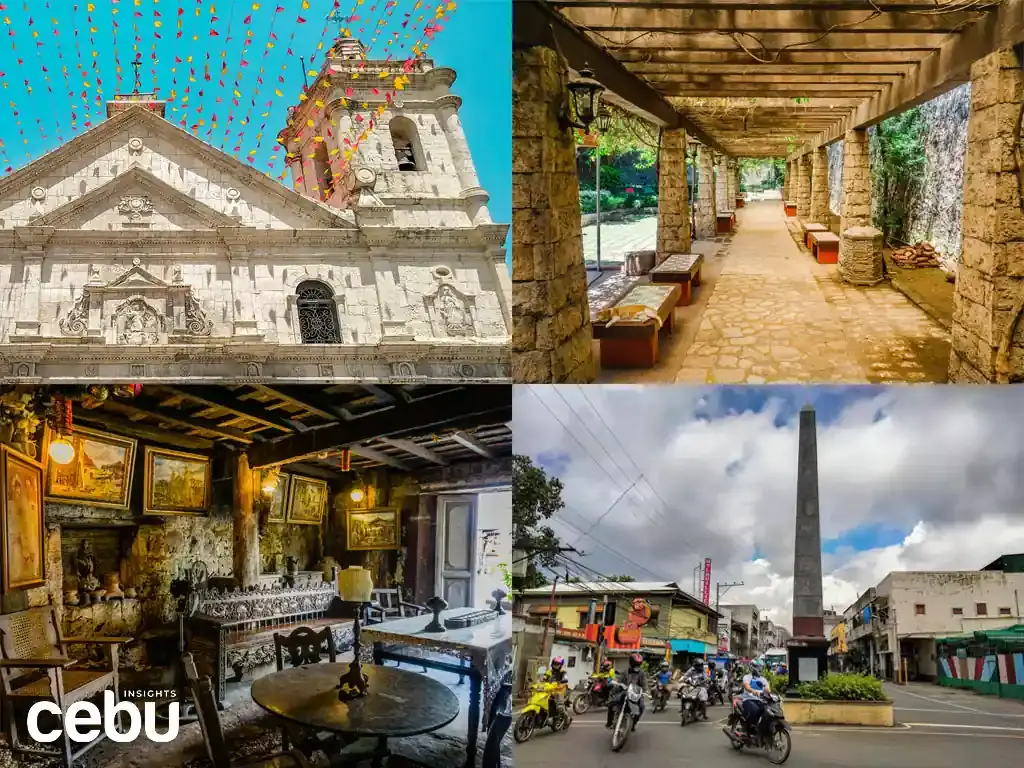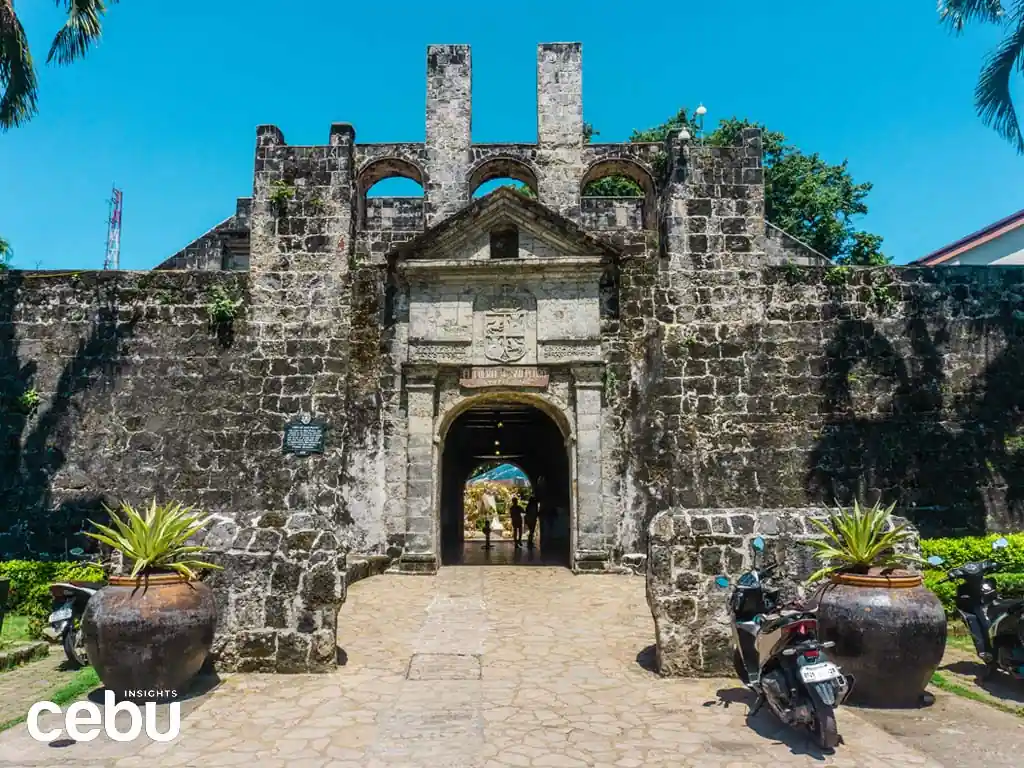There are several historical landmarks to check out in Cebu's heritage district.
The Cebu City Government has declared downtown Cebu a heritage district in an effort to preserve its centuries-old historical landmarks. The area is home to dozens of structures that have become go-to places where one can learn about Cebu’s past.
From old churches to ancestral houses, these buildings have been around even before the introduction of Christianity by Portuguese explorer Ferdinand Magellan in 1521.
The area is an important part of the history of Cebu, considering that some of these structures are among the oldest in the country. It is also one of the busiest places in the city, with several budget-friendly shopping options and a rich food culture that Cebuanos have come to love.
Visiting the area is one of the most immersive things you can do in Cebu as a local or tourist, so if you want a quick overview of Cebu’s past, make sure to drop by the following historical landmarks.
COLON STREET: The Oldest Street in the Philippines
People who frequently visit Cebu City are pretty familiar with Colon Street.
Colon has been a prominent fixture in Cebu City since its conception in the 16th-century Spanish colonial period. What started off as a road to bridge the port area and the city center has become a booming business district.
The street has several budget-friendly shopping options nestled on the side of the road or inside shopping malls like Iconique and Metro Gaisano. You will also find a dozen stalls outside selling street food like Balut, Kwek Kwek, and Tempura.
Colon has seen many changes over the years, but it remains a center for trade and commerce in the city.
At the intersection at the end of the street, there is an obelisk commemorating the construction of Colon Street in 1565. There are a few other famous tourist spots in the area, including some of the oldest churches and ancestral houses in the country.
BASILICA DEL STO. NIÑO: One of the Oldest Churches in the Country
The Basilica del Sto. Niño plays an important part in the history of Cebu.
The Basilica del Sto. Niño is as old as Colon Street, and it’s one of the city’s biggest Roman Catholic churches. It’s famous for housing the original image of the Senior Santo Niño, the island’s patron saint.
The church is the venue for the Fiesta Señor, which is the religious celebration of the island’s cultural festival known as Sinulog. This consists of a nine-day novena, processions, and masses leading up to the festival day.
The limestone walls have stood tall amidst tragedies and natural disasters, and the entire church remains a highly visited sacred place. The structure itself had once survived a fire and its belfry was rebuilt after it collapsed during a massive earthquake.
Right outside the church is the chapel housing the famous Magellan’s Cross, which was gifted to Cebu’s first Christians, Rajah Humabon and Queen Juana. It is frequented by locals and tourists every day.
FORT SAN PEDRO: The Oldest Fort in the Philippines
Despite its size, Fort San Pedro stands as the oldest fort in the country.
A few meters from the basilica is a military base that was converted into a historical museum, Fort San Pedro. It’s the smallest fort in the country and it holds historical and cultural significance in Cebu.
The fort is shaped like a triangle, with tall walls covering over 2,000 square meters. There are tall trees and colorful flowers that give the fort a more vibrant appeal.
On top of the walls are cannons and bunkers that were previously used during wars and foreign invasions. Although they are no longer functional, these serve as a memory of how Filipinos defended the island.
The fort was also turned into a museum, housing several historical paintings and artifacts. The central courtyard is used as a venue for social events and gatherings, while the second floor offers a panoramic view of the city and several tourist spots nearby.
YAP SANDIEGO ANCESTRAL HOUSE: The Oldest Ancestral House in the Philippines
Cebu is also home to the oldest ancestral house in the Philippines.
A few meters away from Fort San Pedro is the famous Pari-an district, which served as the home of the first Chinese community in Cebu. As you pass by the area, you will find structures that used to be the homes of the earliest settlers on the island.
The Yap Sandiego Ancestral House is one of the most famous and accessible, which is a walking distance from the Colon obelisk, located right outside the Cebu Heritage Monument.
This was first constructed by Chinese merchant Don Juan Yap and his wife Doña Maria Florido, one of the first settlers in the area. It was soon preserved as a museum by the Sandiego family.
The Sandiego family maintained the structure’s limestone and wooden exterior and kept much of the furniture in the rooms. Inside the house are some special family-owned antiques and artifacts on display, showcasing the lifestyle of the Cebuano-Chinese community in the past.
WHY THESE HISTORICAL LANDMARKS SHOULD BE PRESERVED
Historical landmarks like the ones mentioned in this article are an integral part of the country’s heritage, as it serves as a reminder of the identities, practices, and customs of the country before becoming what it is today.
They also represent the culture, architecture, and beliefs that have changed over the years. With this, tourists can get a glimpse of the island and country’s history.
Cebu is one of the oldest settlements in the Philippines and is home to a number of tourist attractions that have been around for centuries. It’s one of the most visited locations in the country, and preserving its historical landmarks will reassure its legacy.
Knowing that Cebu City has its own heritage district shows how much historical significance the island has that contributes to Philippine tourism. With more accessible landmarks and attractions, tourists can definitely learn more and appreciate what Cebu has to offer.










